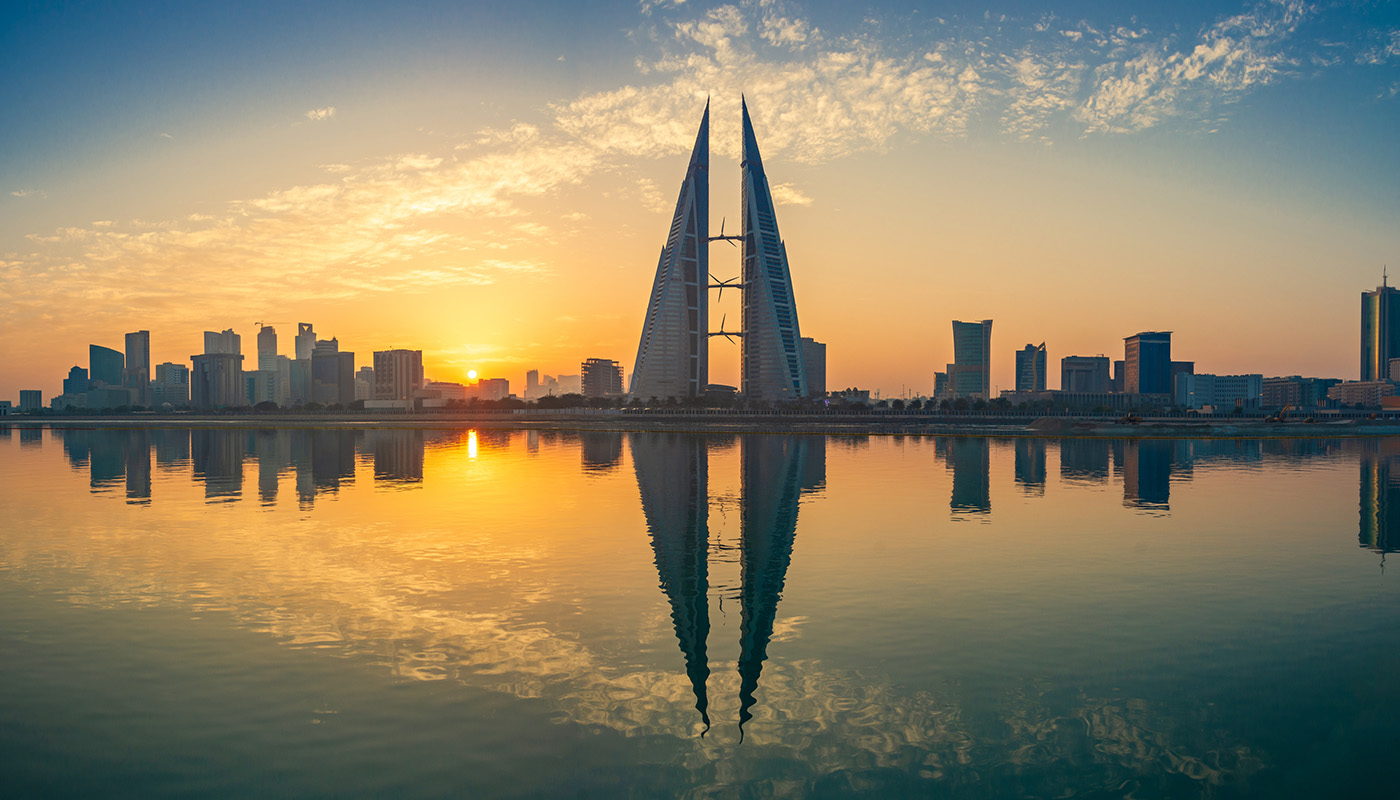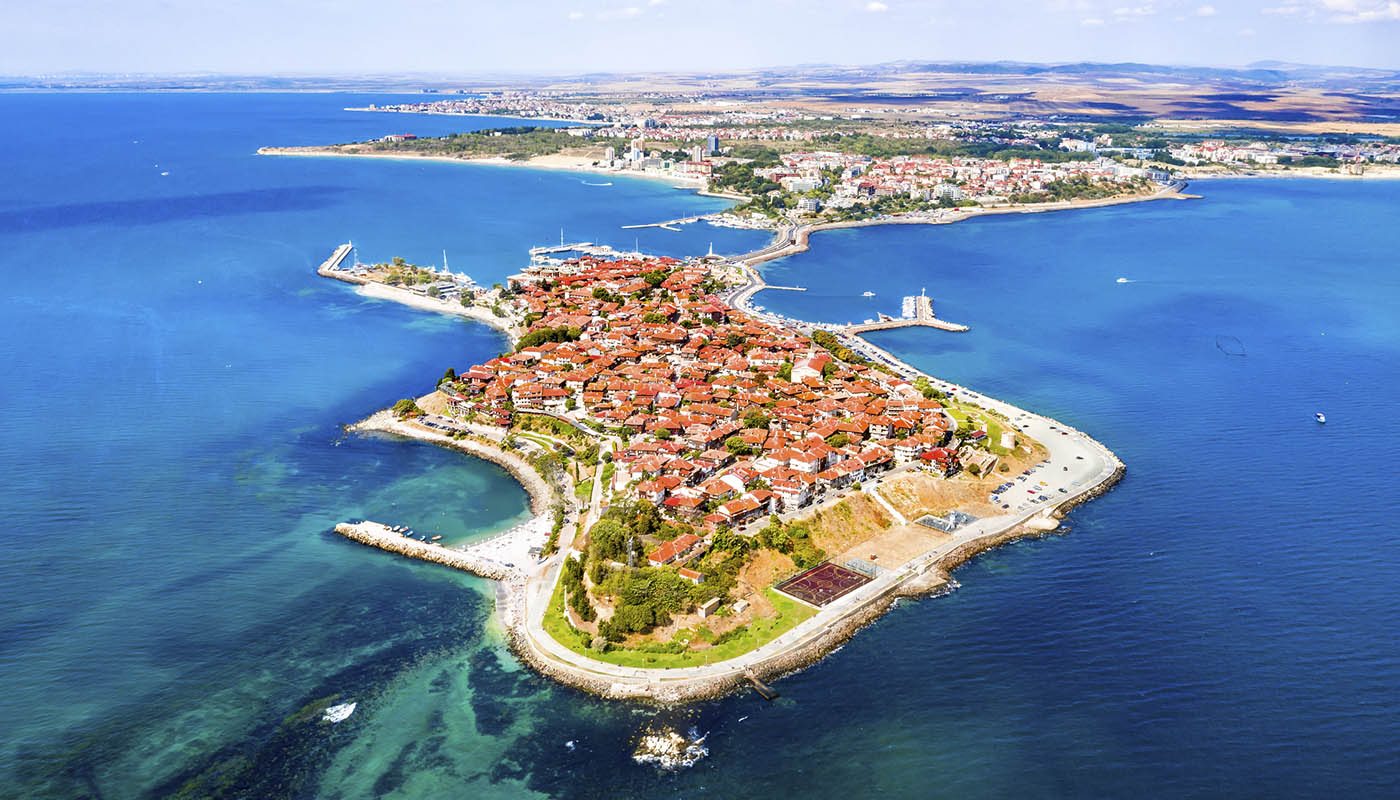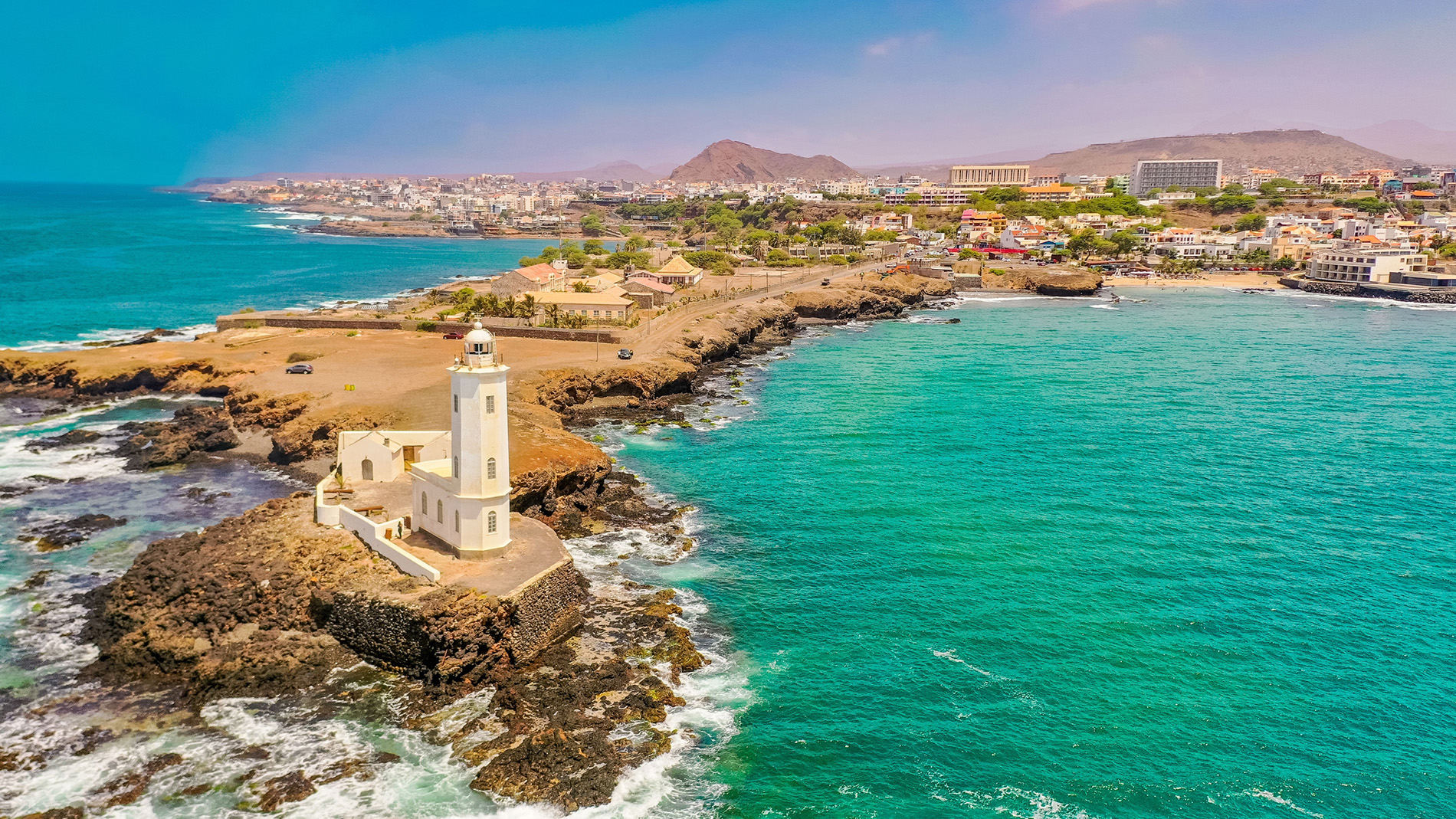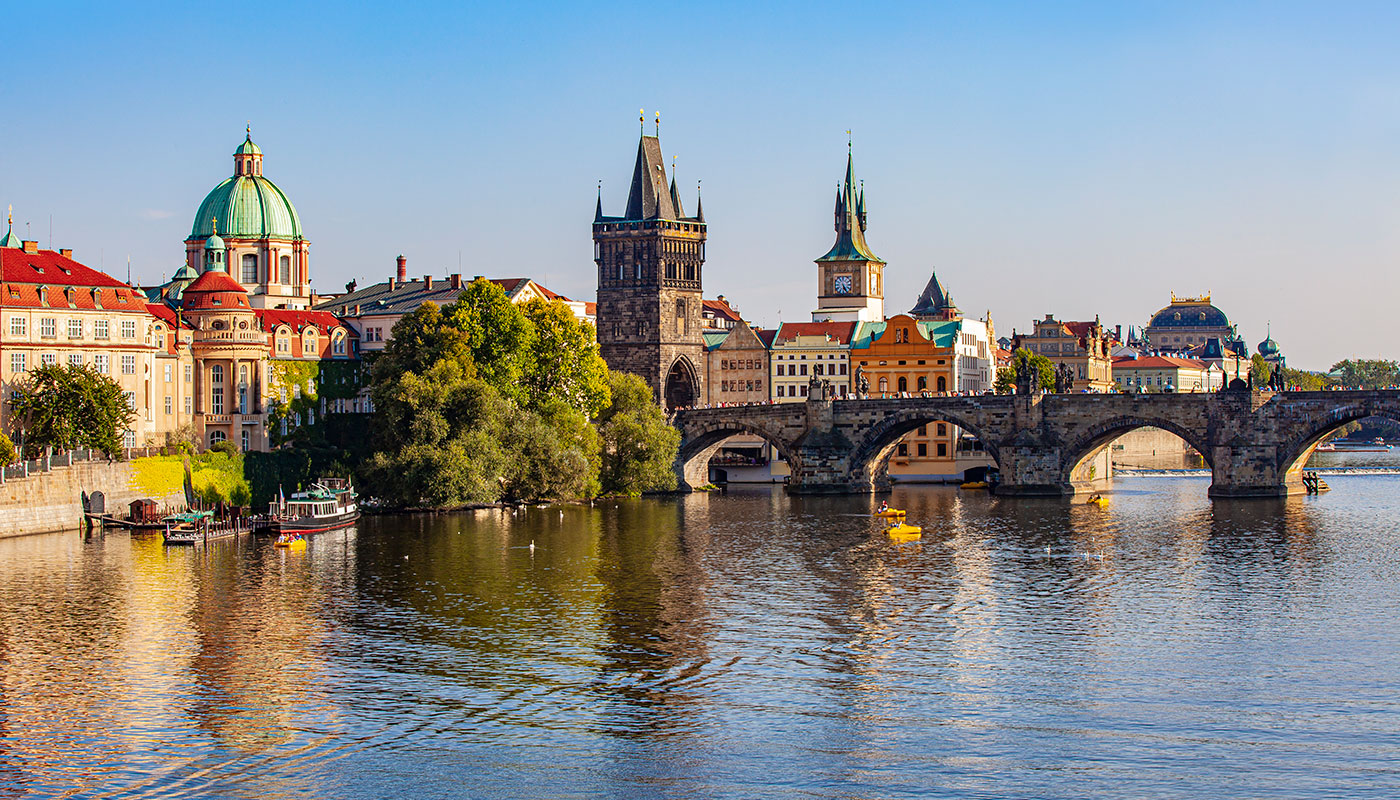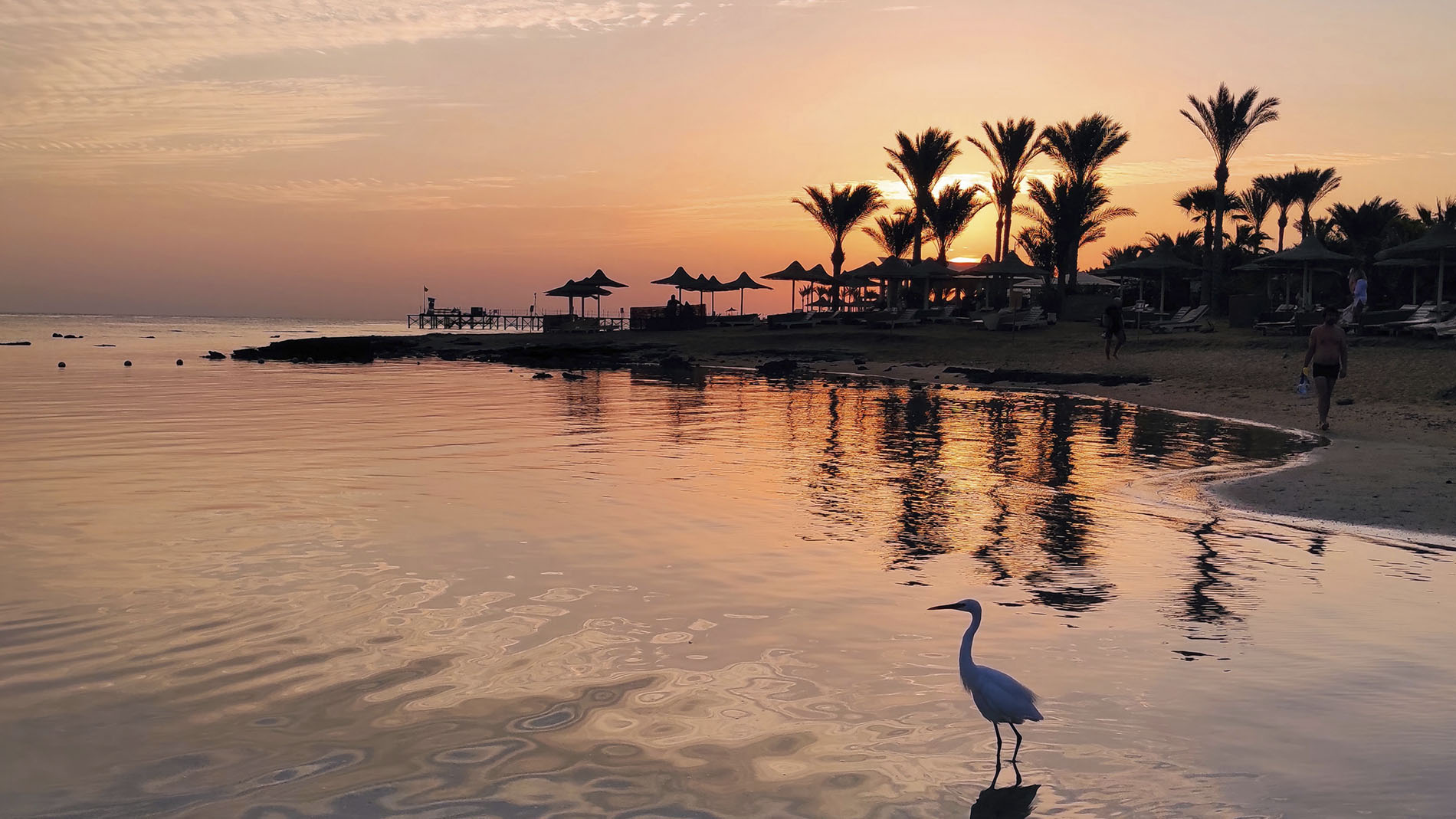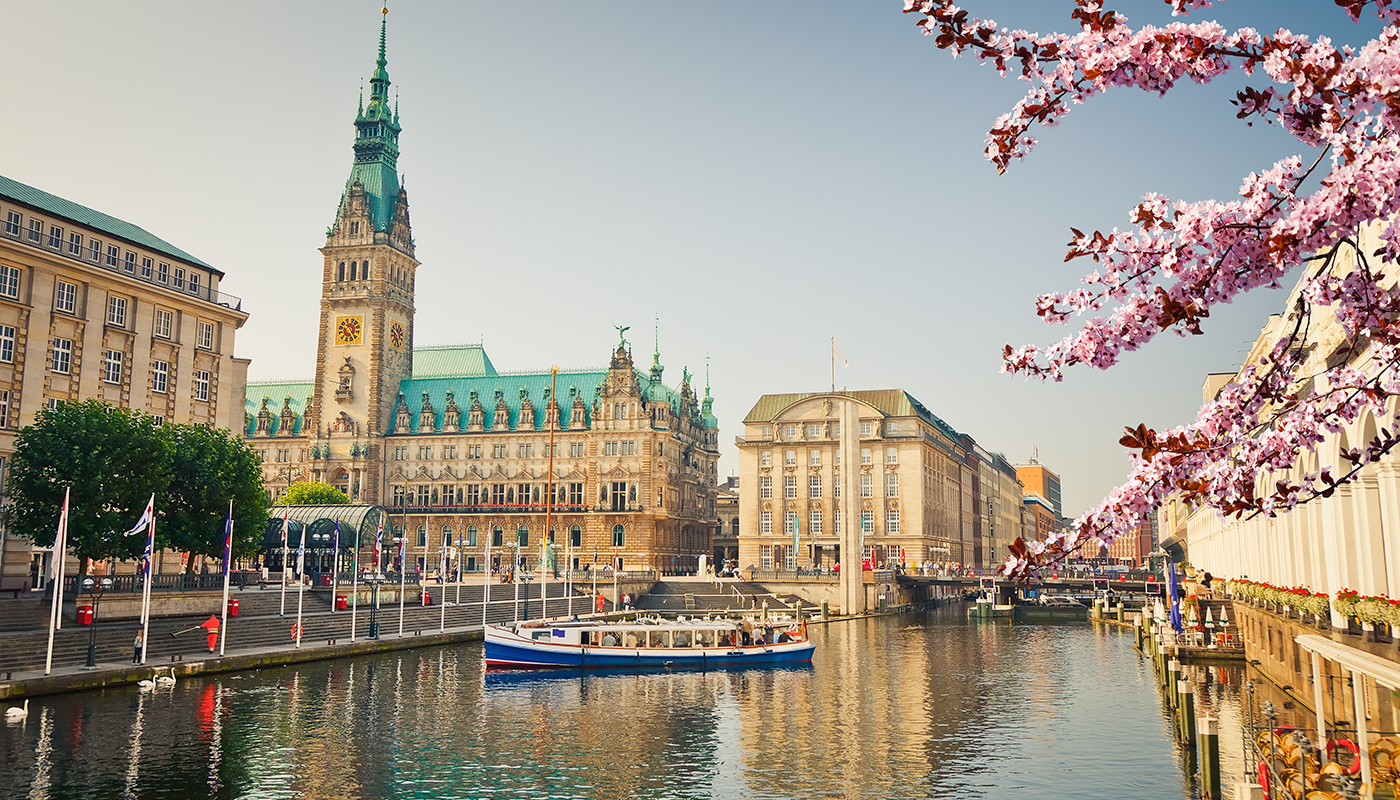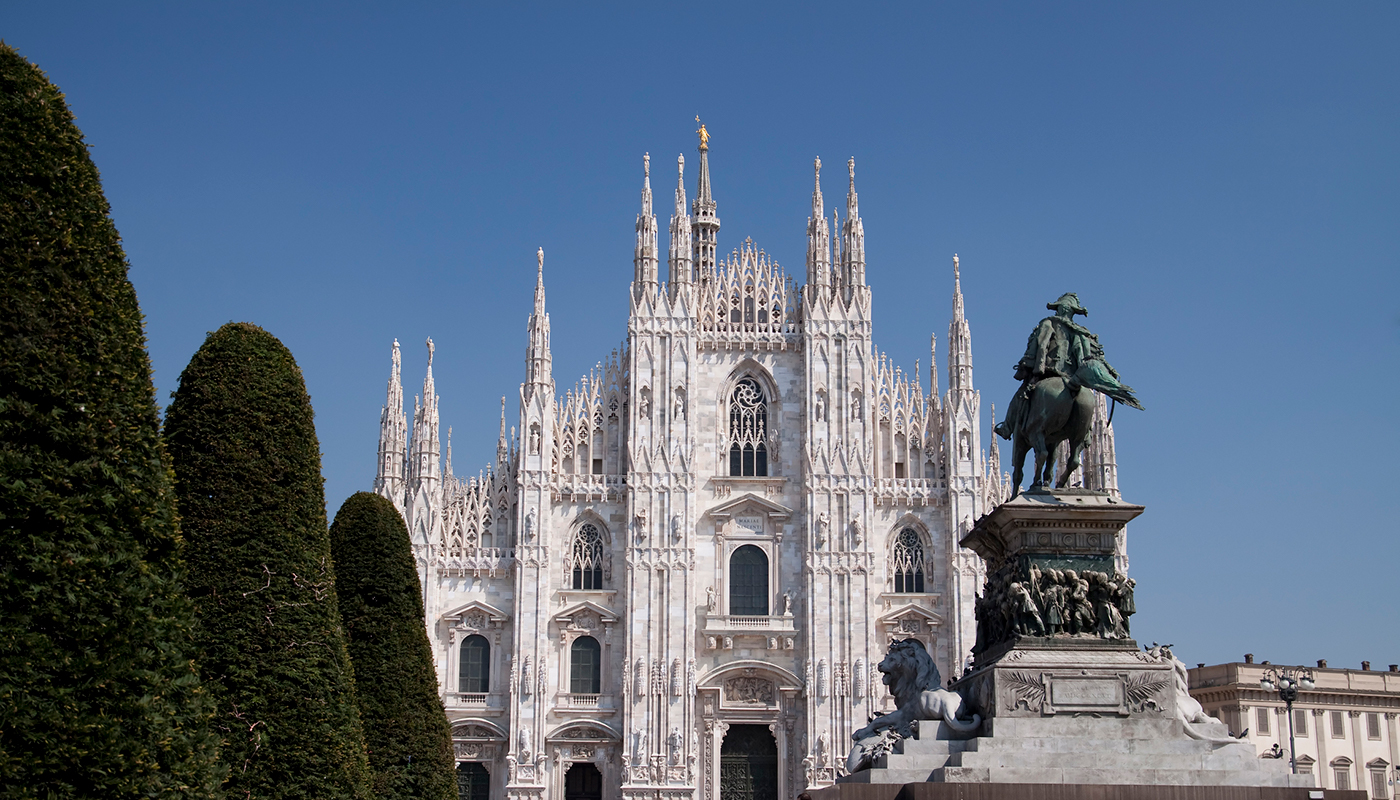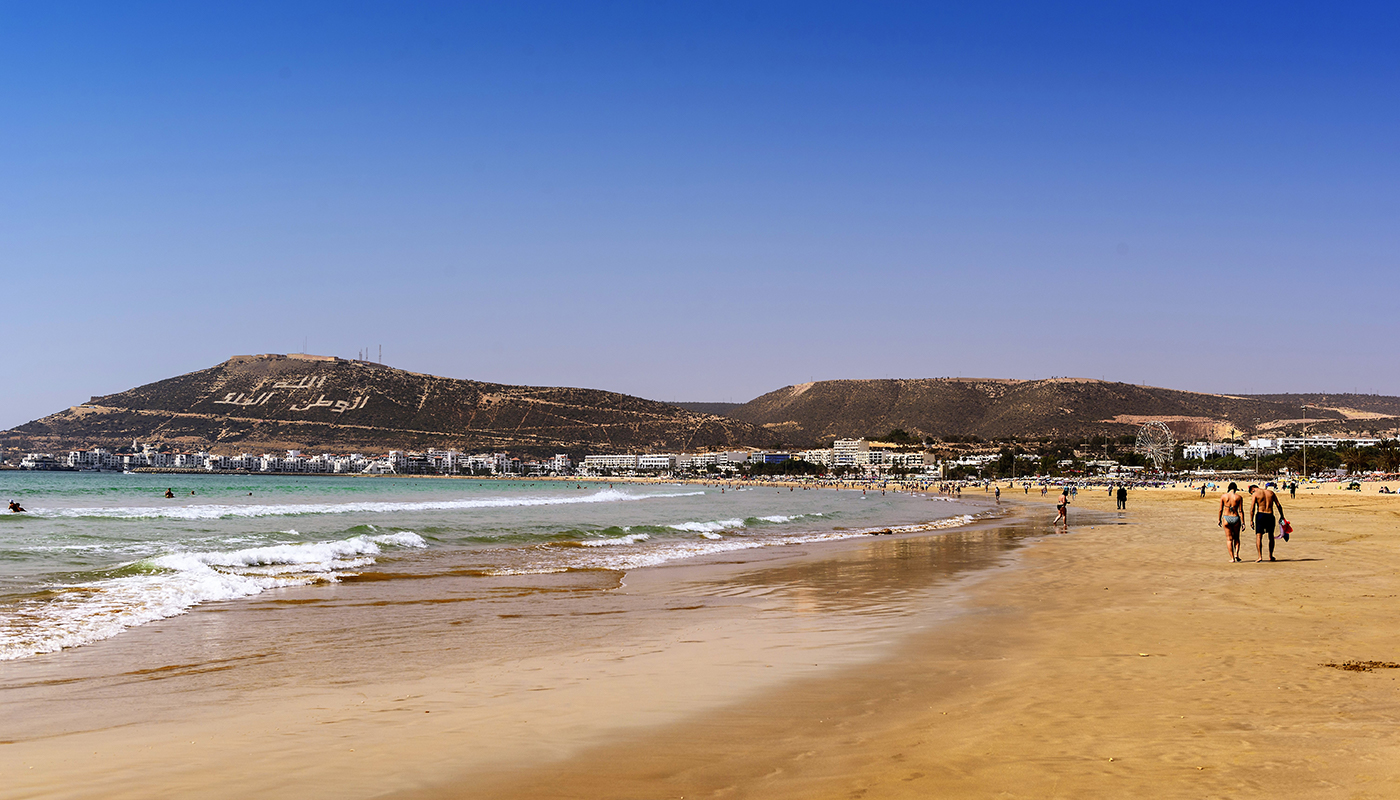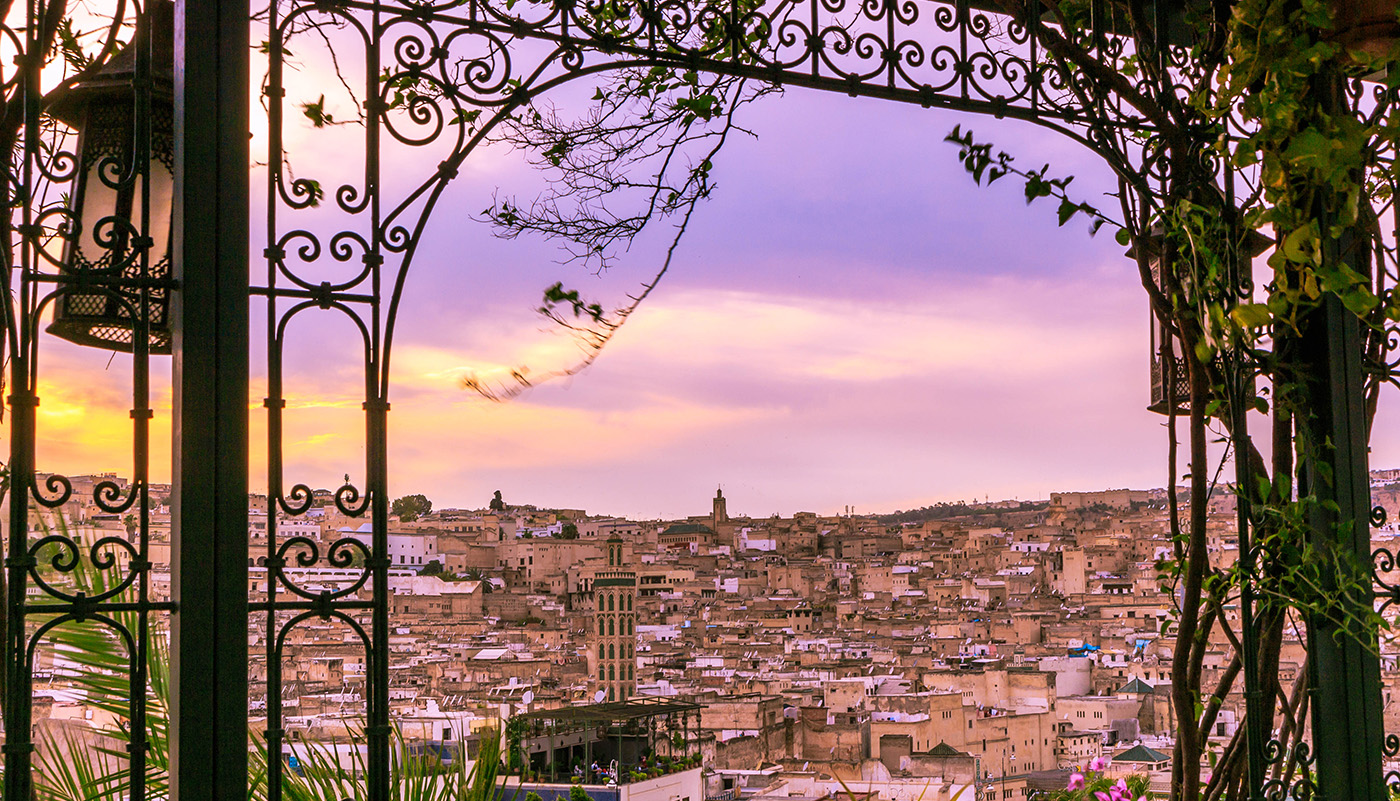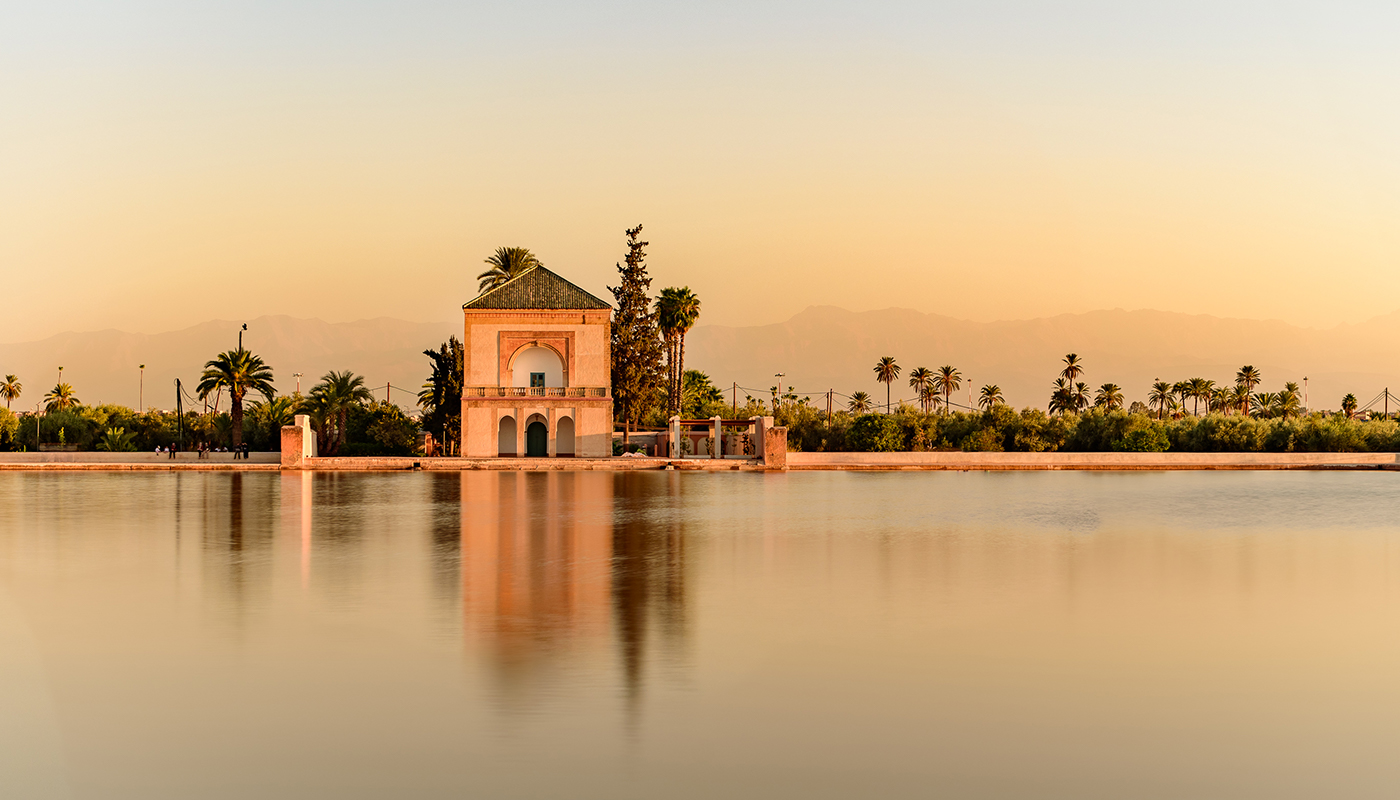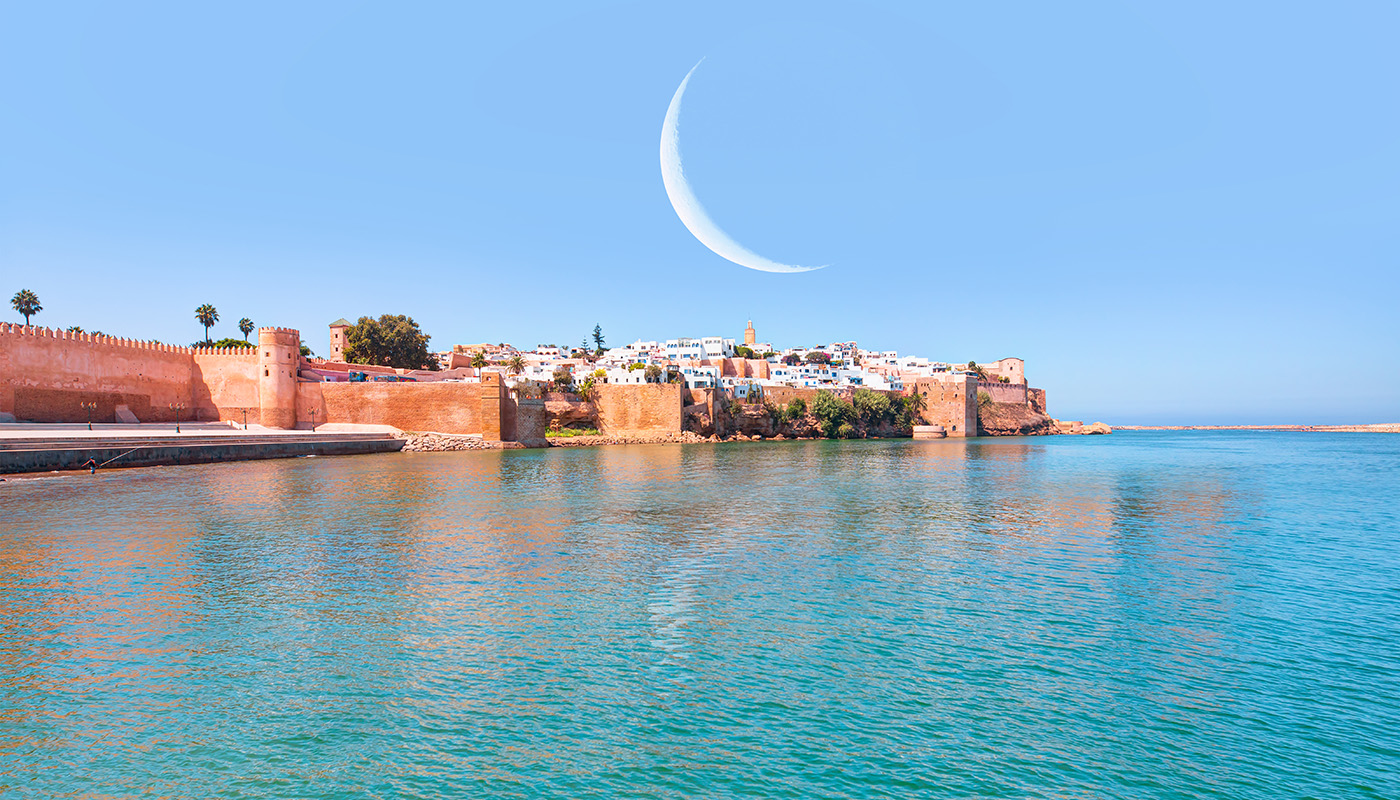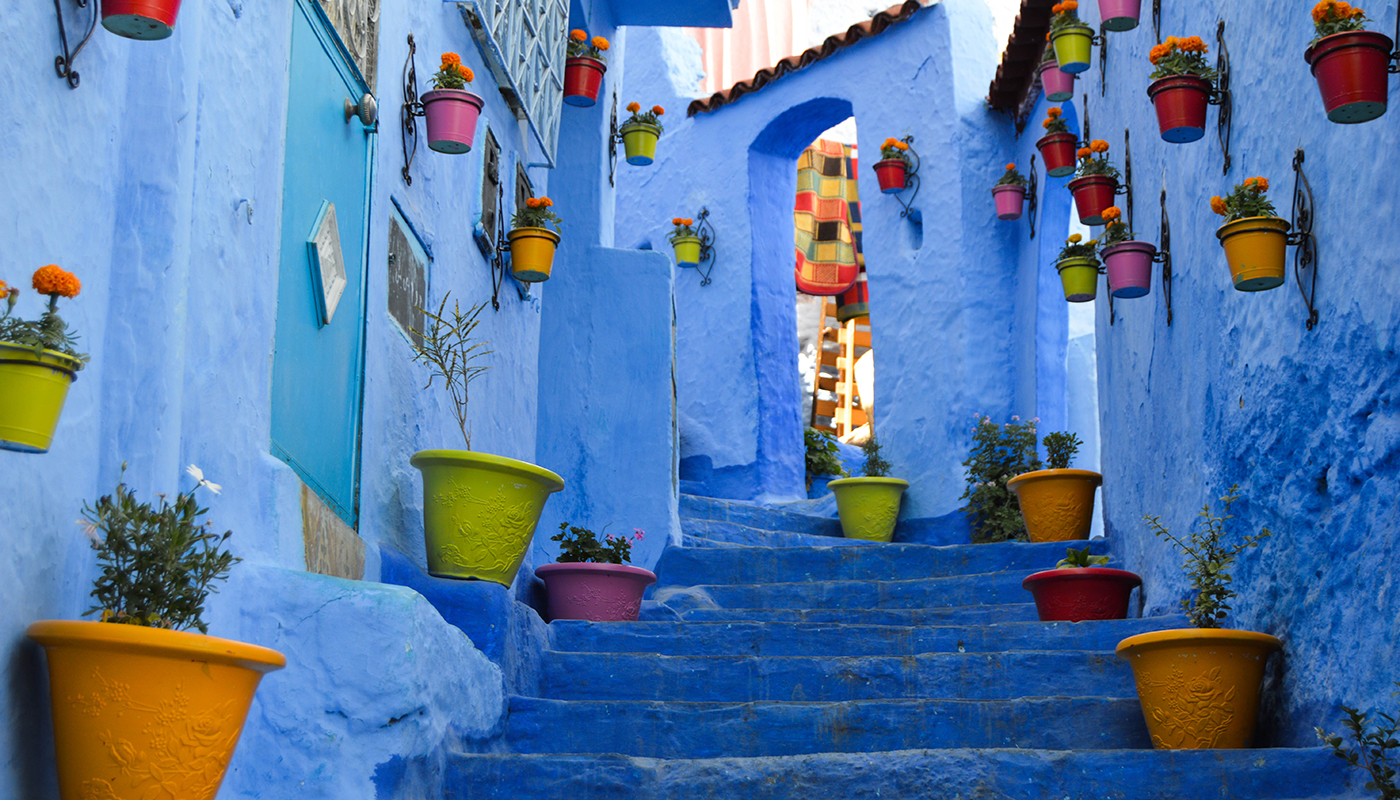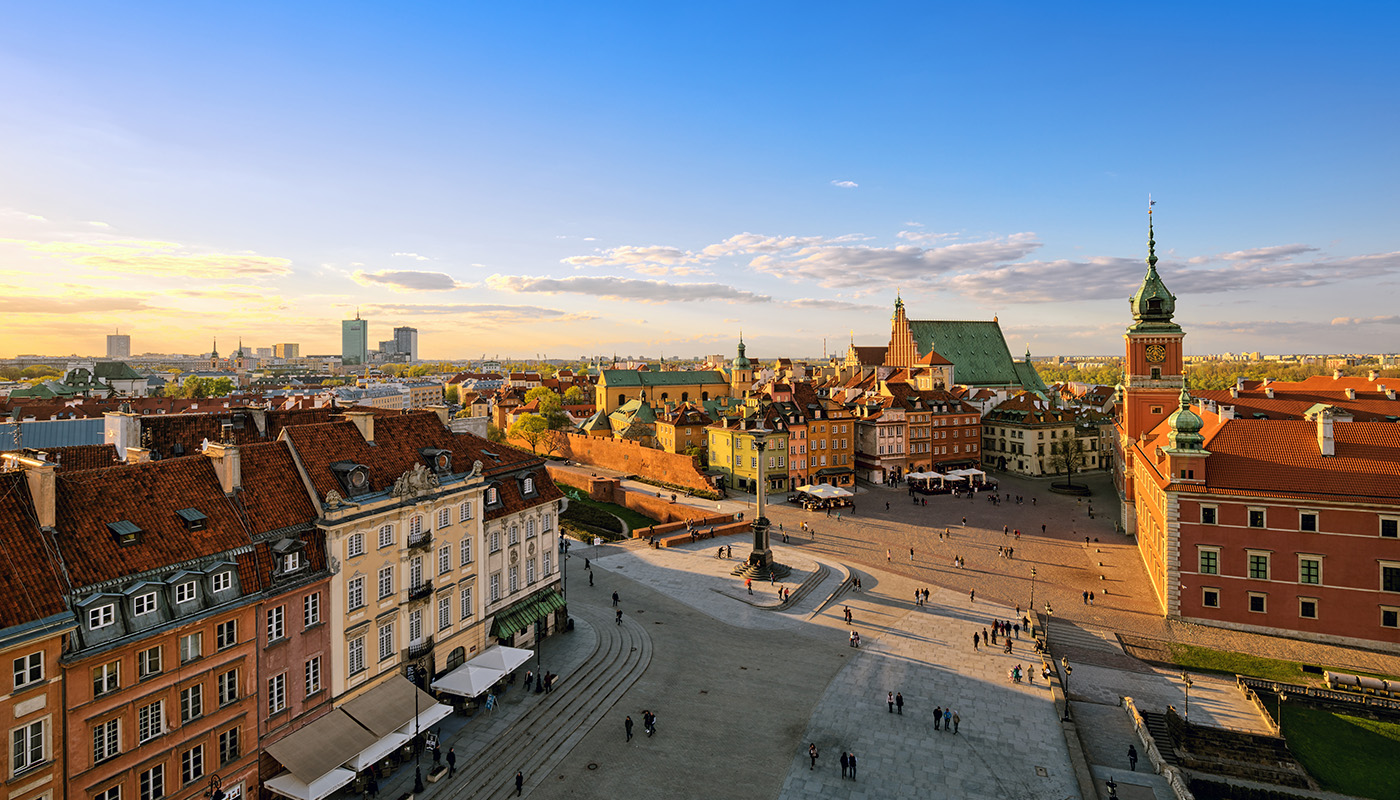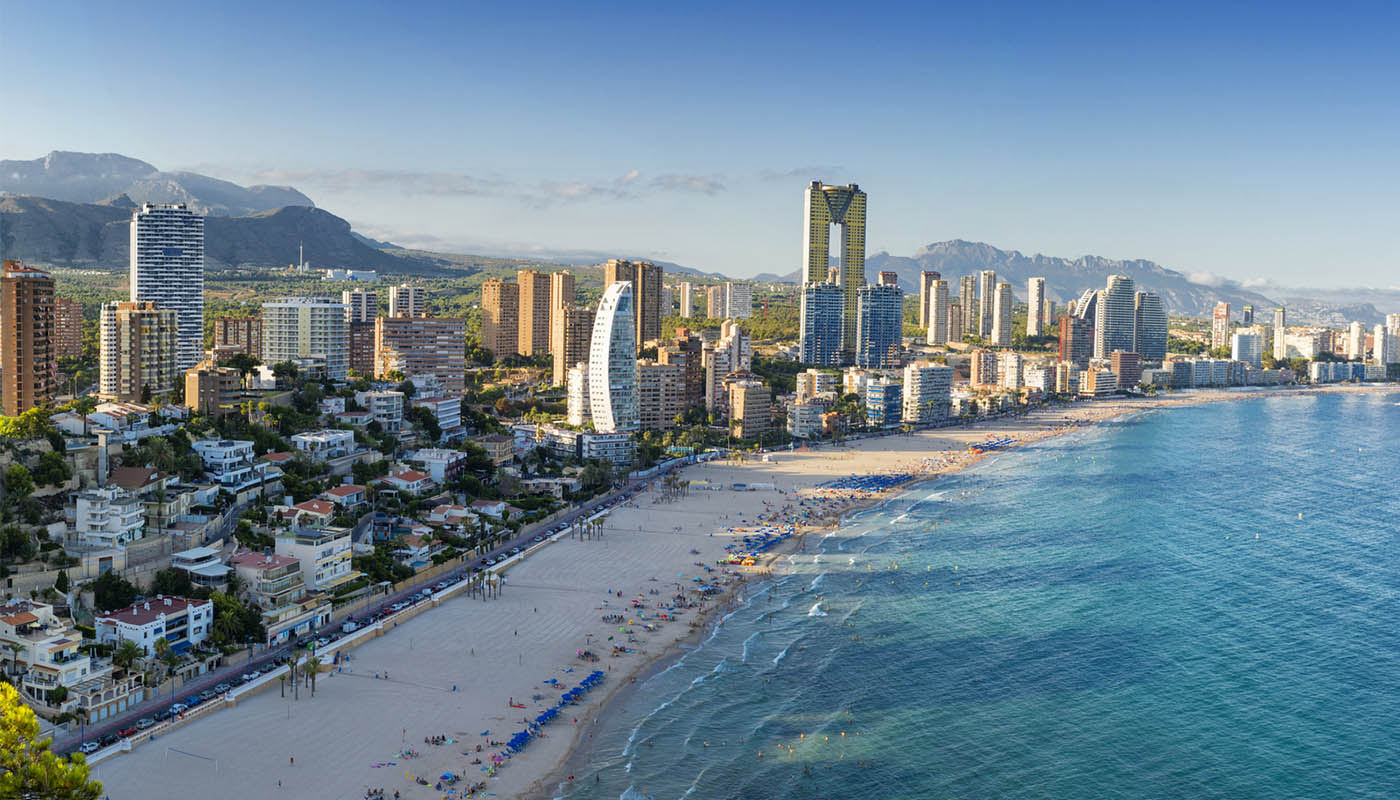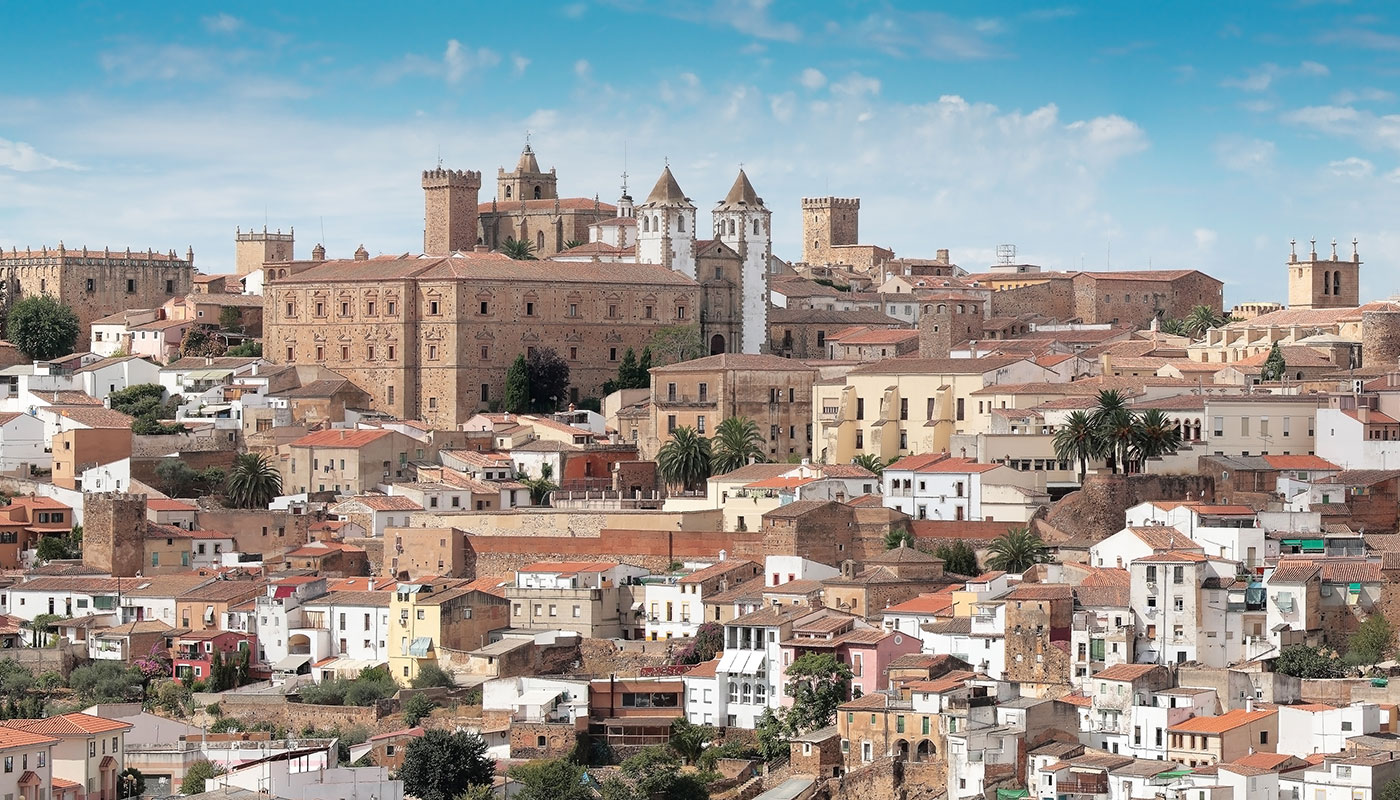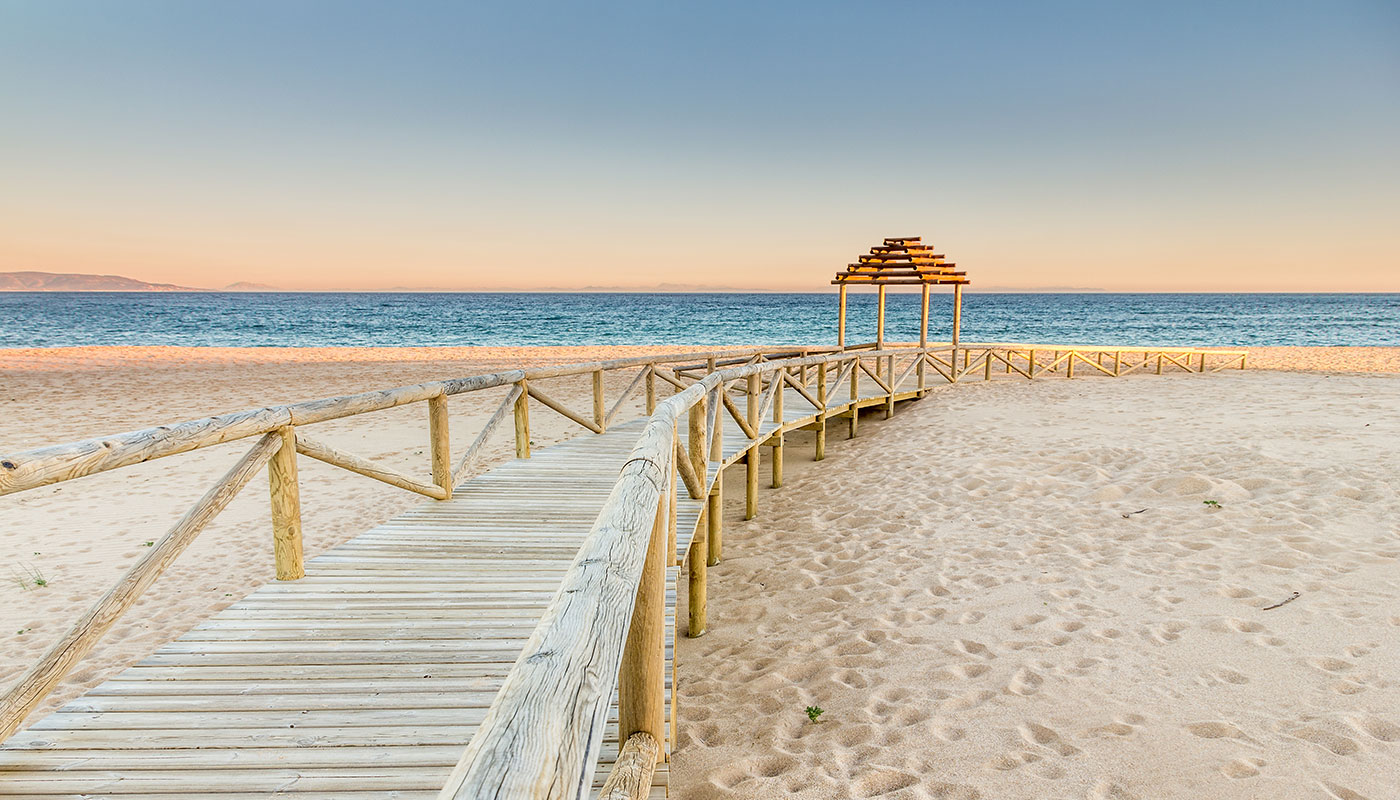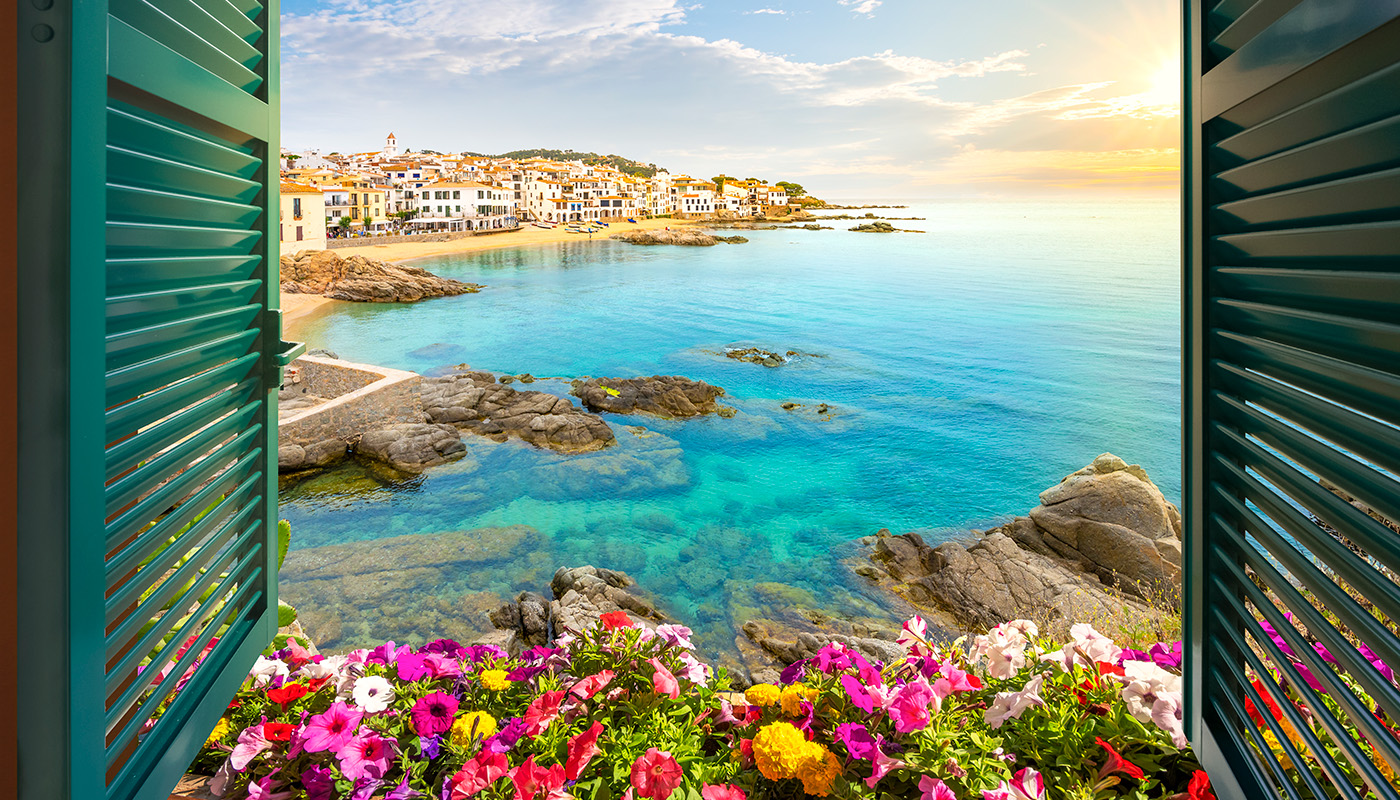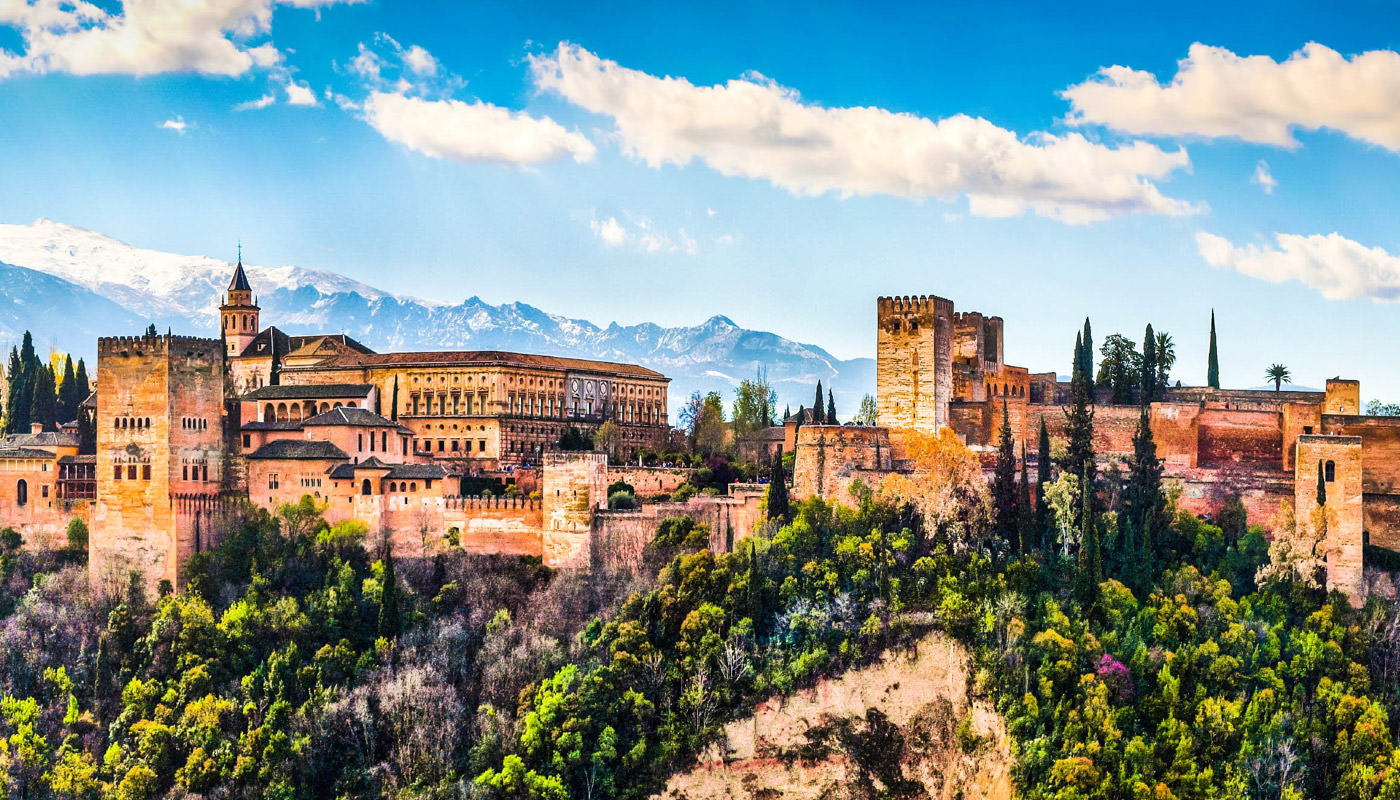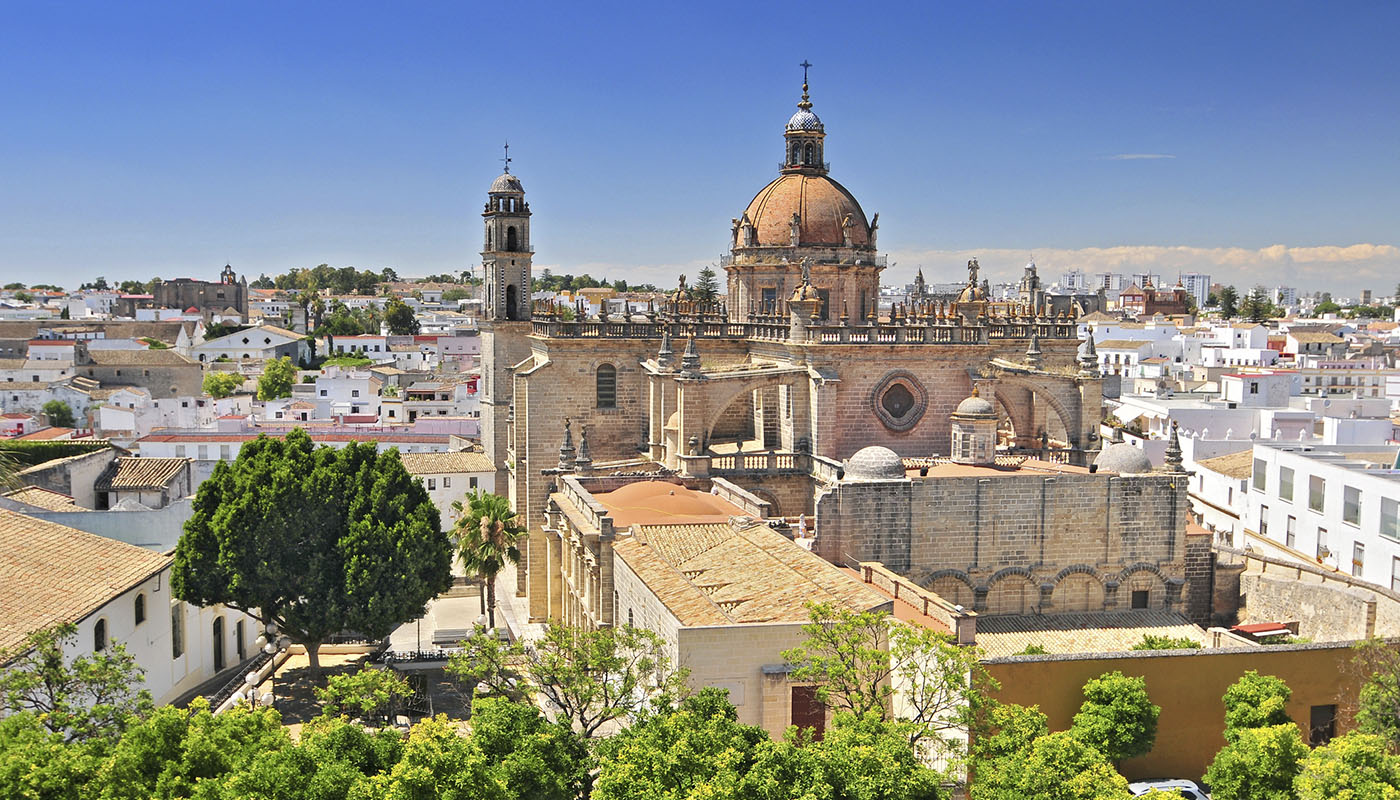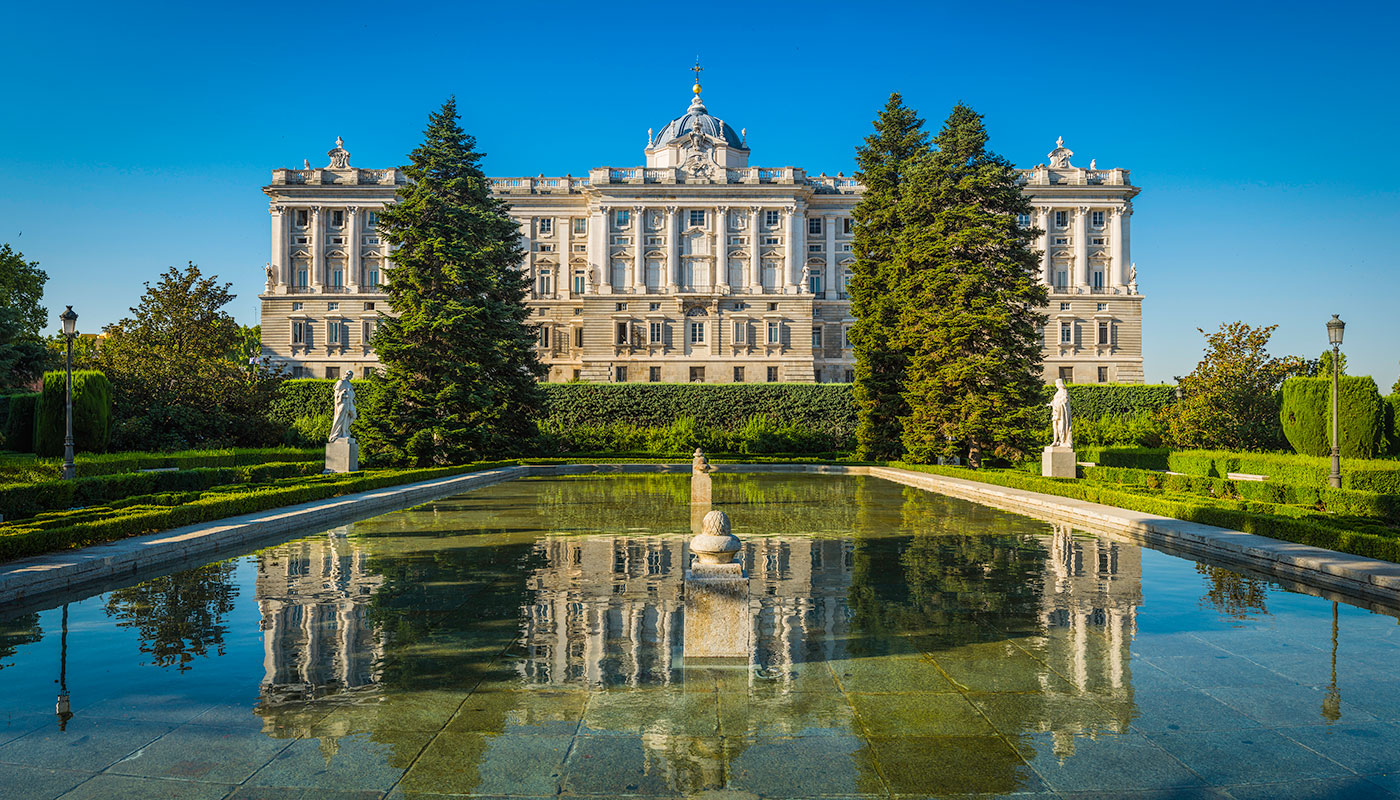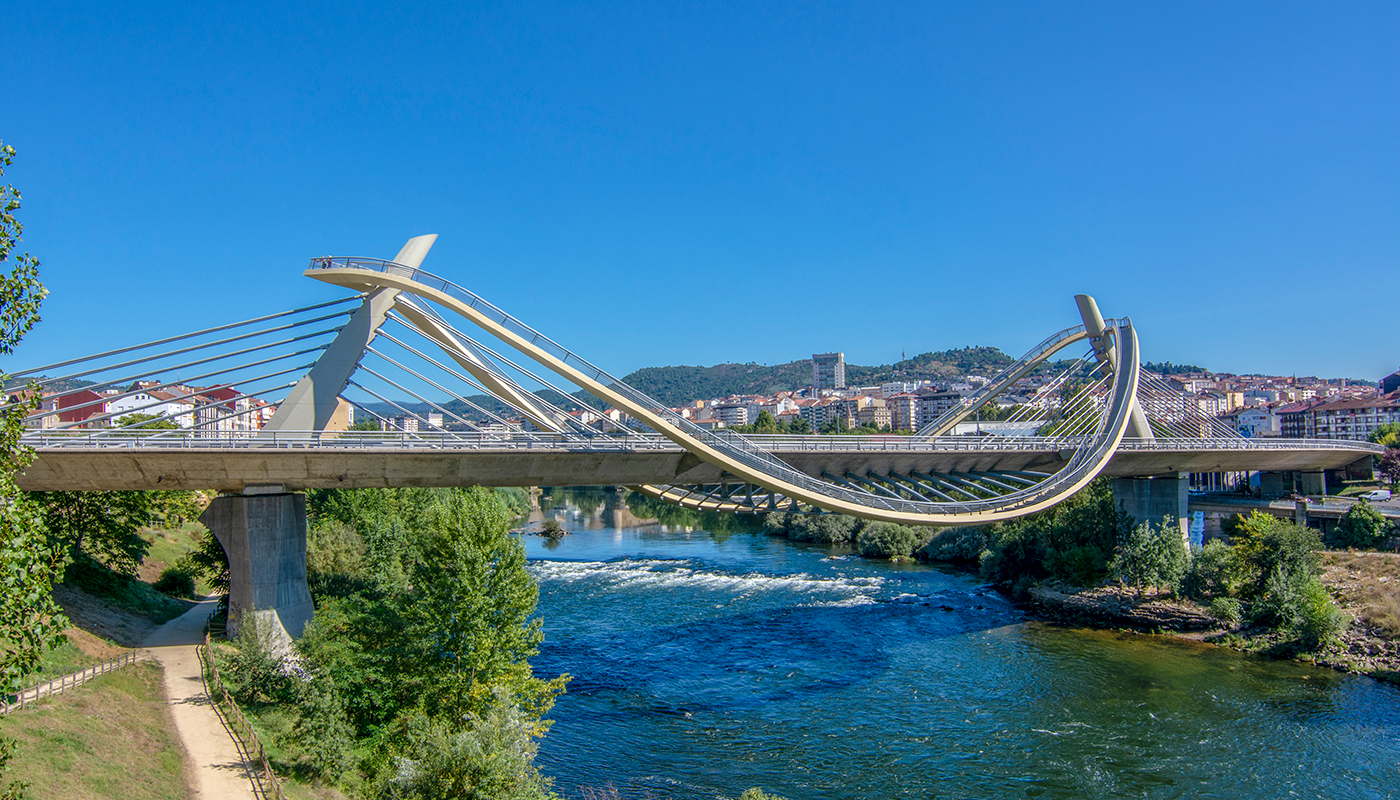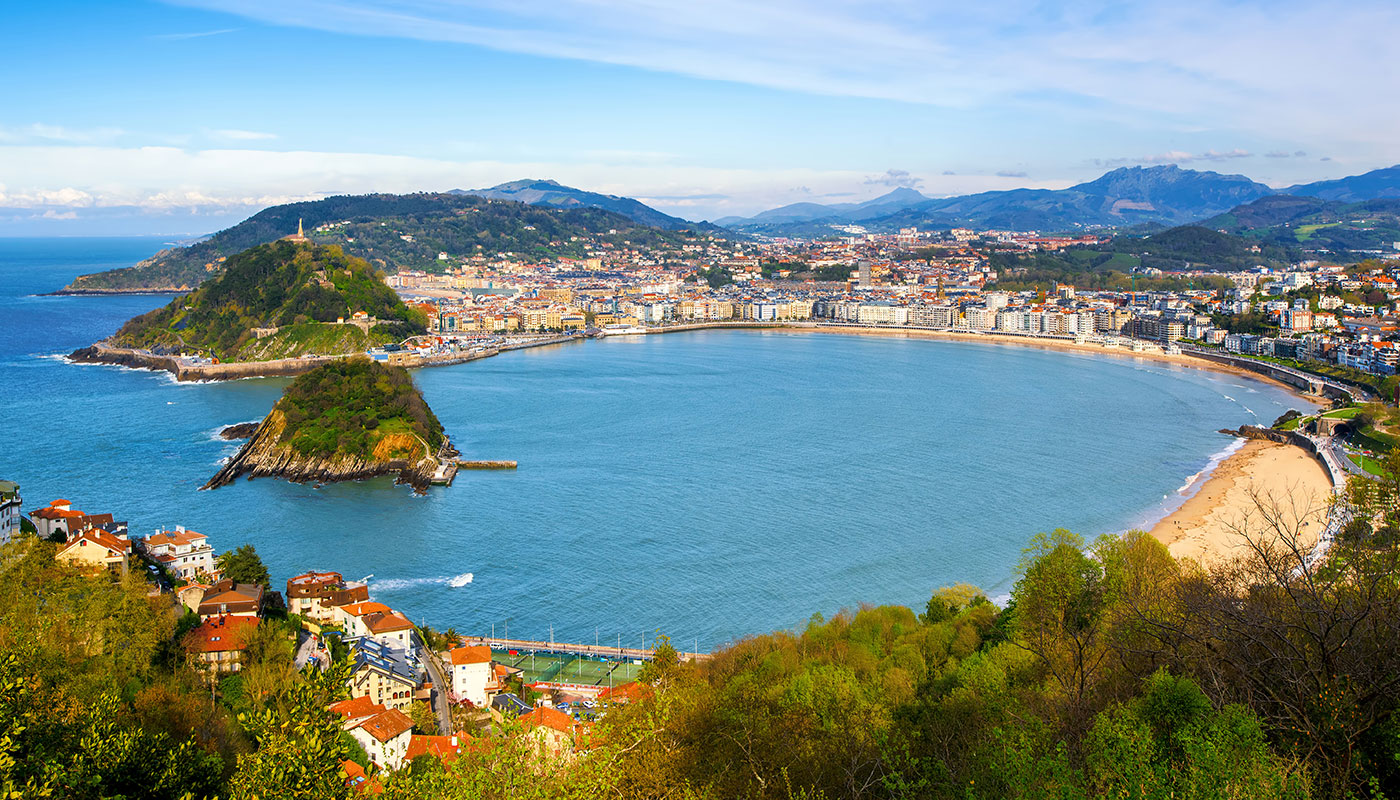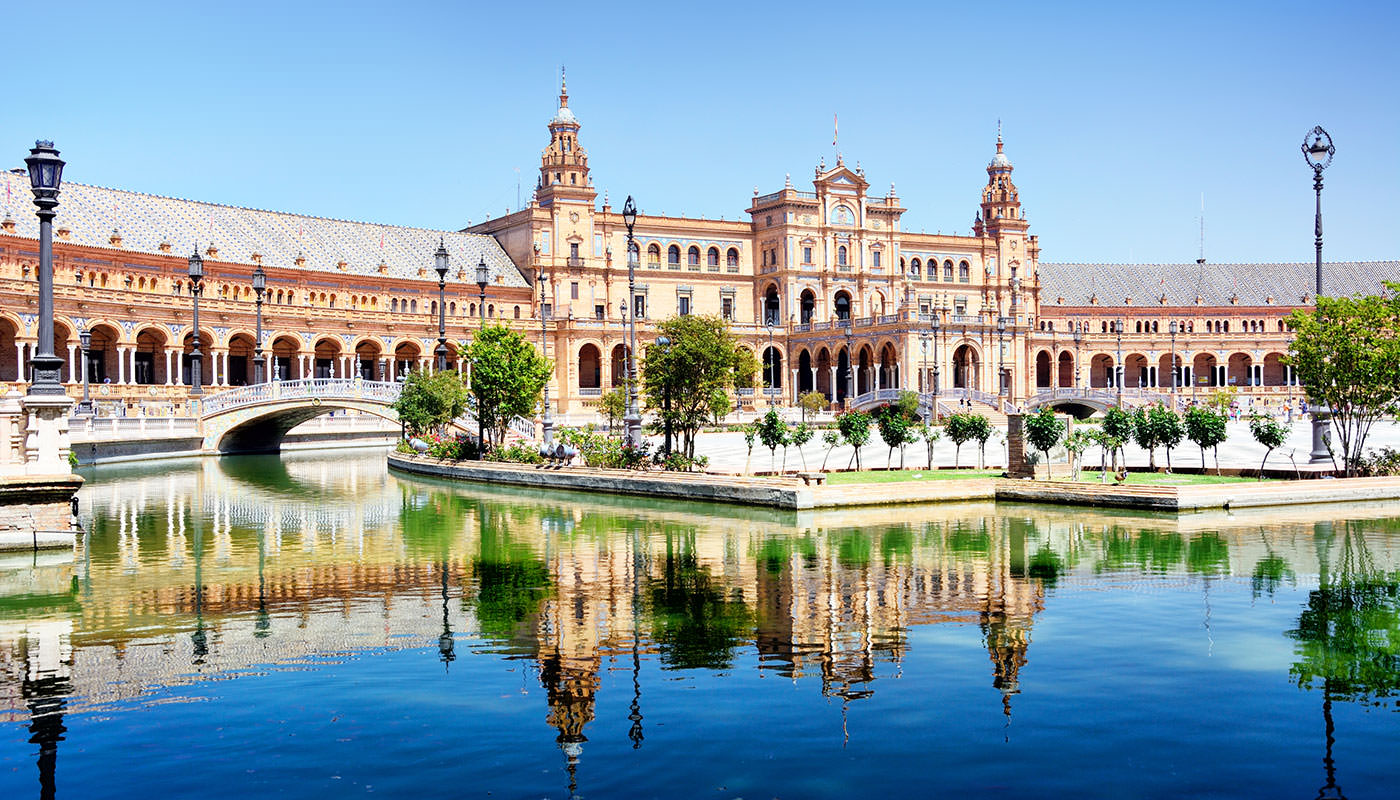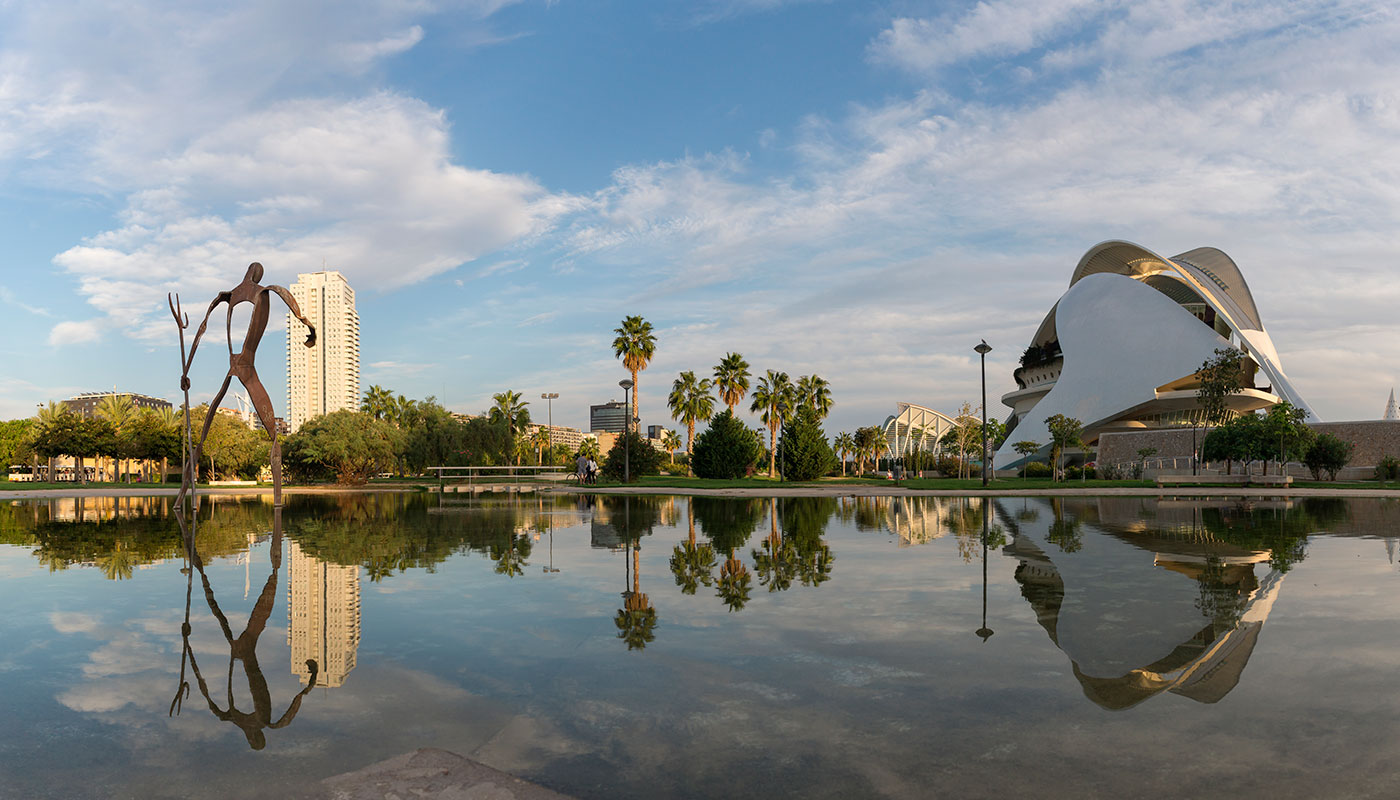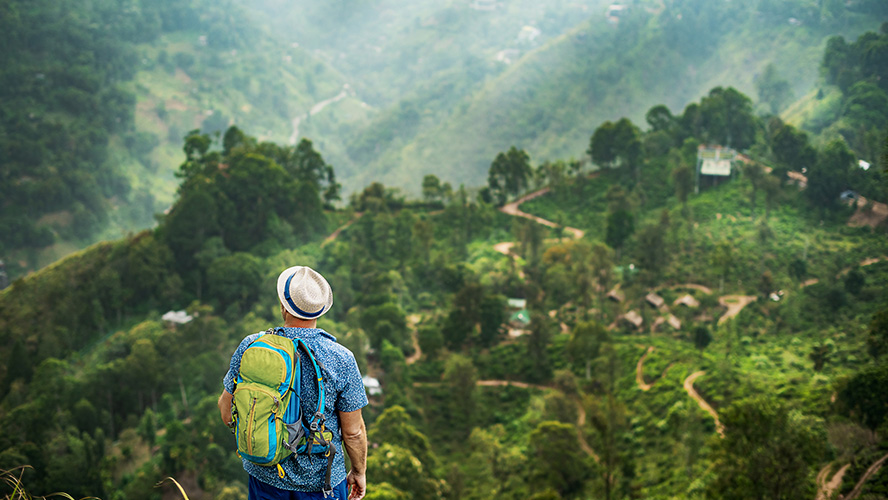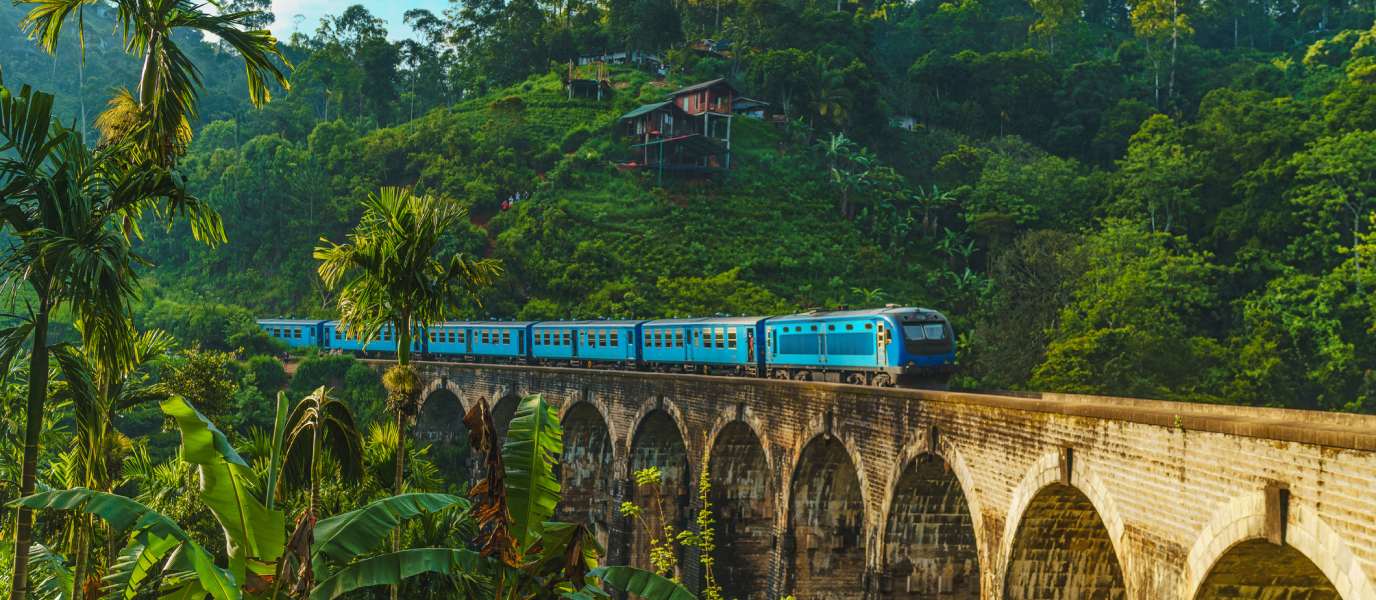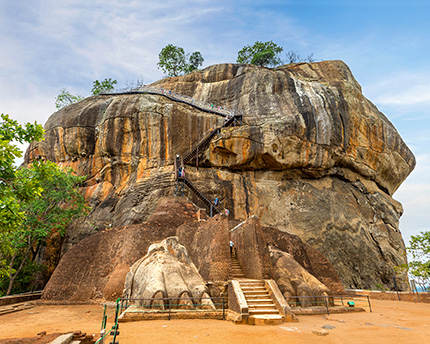Polonnaruwa is located in the central-northern part of Sri Lanka. Along with Sigiriya, Anuradhapura and Dambulla, this ancient city forms part of Sri Lanka’s so-called cultural triangle which contains ancient archaeological remains. As with the ancient city of Sigiriya and six other historic destinations, the ruins of Polonnaruwa were declared a UNESCO World Heritage Site in 1982.
Polonnaruwa was the seat of the Sinhalese kings from the 11th to the 13th century. The Sinhalese Kingdom (543 B.C.-1815 A.D.) refers to a series of successive kingdoms that existed in the country – one of which was the Kingdom of Polonnaruwa. Following the Chola conquest of Anuradhapura in 993, Polunnaruwa became the second capital of Sri Lanka. Several Brahmanic monuments — corresponding to the Brahman priestly caste in Hinduism — date back to this era. The city was later reclaimed by the Sinhalese kings, and a garden city was created during the reign of Parakramabahu the Great (1153-1186).
We recommend setting aside a whole day to explore this wonderful historic complex. However, if you’re short on time, you can see all the key spots in a single morning.
How to get there and other helpful information
With a surface area spanning 122 hectares (running five kilometres from north-to-south), Polonnaruwa lies next to the immense Pakrama Samudra reservoir.
It is a 55-kilometre drive from Sigiriya. If you’re looking to travel to Polonnaruwa from Colombo, which is the country’s commercial capital and the location of its busiest international airport, you can get there via a seven-hour train journey or a six-hour car journey. If you prefer to go by bus, there are regular departures from Anuradhapura (a three-hour journey), Kandy (a three-hour journey) and Dambulla (a one-hour journey).
To visit all of the remains and structures, we recommend travelling by car, van, bike or ‘tuk-tuk.’ You could also do it by foot, although the distances between the landmarks are significant.
‘The Quadrangle’: home to Sri Lanka’s historic ruins
The ancient city of Polonnaruwa is home to what is referred to as ‘the Quadrangle,’ which is one of the places where the relics of the Buddha’s tooth were once kept. However, this is currently kept in the Temple of the Sacred Tooth Relic (Dalada Maligawa) in Kandy. The relics remained in this ‘quadrangle’ for the time that Polonnaruwa was the kingdom’s capital city.
The term ‘Quadrangle’ derives from the quadrilateral shape of the walls that envelop the former Sri Lankan capital. The complex is home to a series of religious and civil buildings built between the 11th and 13th centuries, including the Vatadage, the Hatadage, the Atadage and the Satmahal Prasada.
Vatadage
The Vatadage temple was built to house the Buddha’s tooth, which was brought to the city by Parakramabahu the Great when the capital was moved to Polonnaruwa from Anuradhapura.
The structure is characterised by its circular shape, which is 18 metres in diameter, and its ornamentation with figures in relief. The exterior walls are decorated with friezes of lions, dwarves and lotuses. There are four accesses, each guarded by carvings of lions or large moonstones (which reflect the cycle of life in Buddhism).
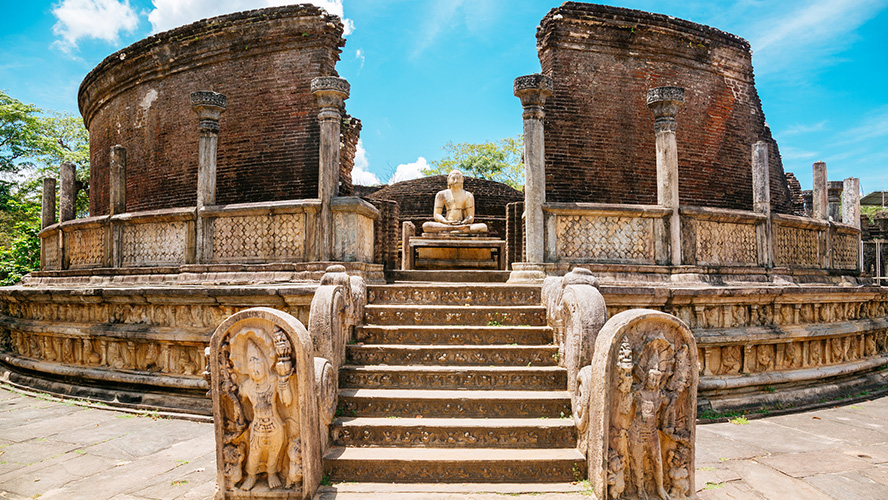
Hatadage
The Hatadage temple, which was also built to guard the Buddha’s tooth during the reign of Nissanka Malla in the 12th century, stands opposite the aforementioned Vatadage. It had two floors (one of which remains to this day) as well as several walls, three statues of the Buddha carved in granite and moonstones at the entrance.
Nearby, lying to the east of these ruins, is the Gal Potha: a book carved in a 25-tonne stone with inscriptions carved in Sinhalese script.
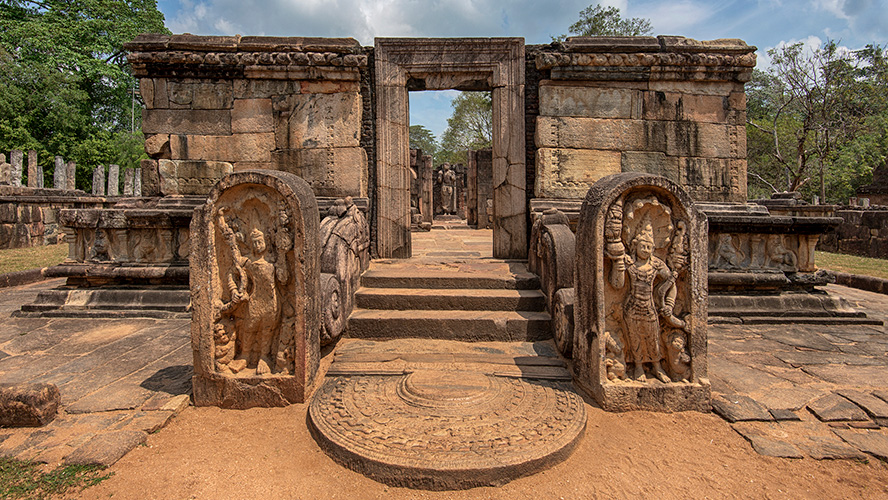
Atadage
Built in the 11th century during the reign of Vijayabahu the Great, the Atadage is one of the oldest structures in the ancient city of Polonnaruwa. Its stone columns, doorway and a sculpture of Buddha remain standing.
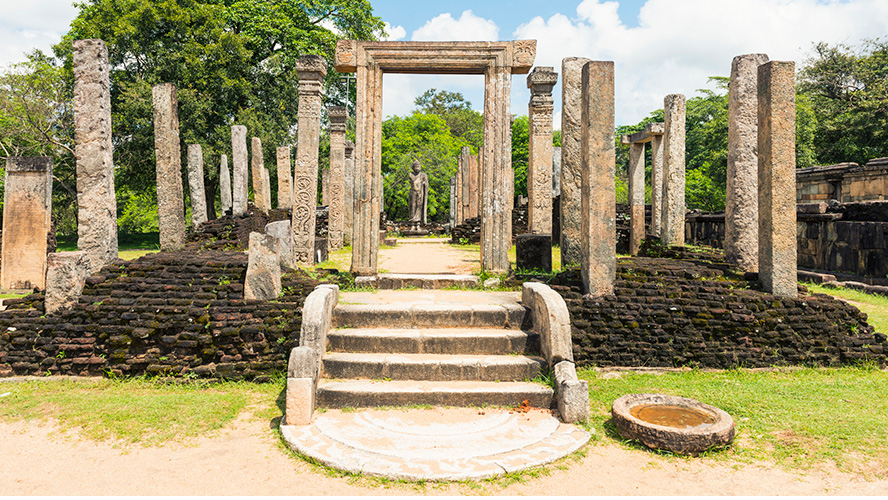
Satmahal Prasada
This step pyramid was built at some point during the 12th century. It is considered likely that it was constructed during the reign of Parakramabahu the Great (1123-1286).
This six-floored brick building with a square floor plan has an entrance on each of its four sides and an exterior staircase that connects one floor to the next.
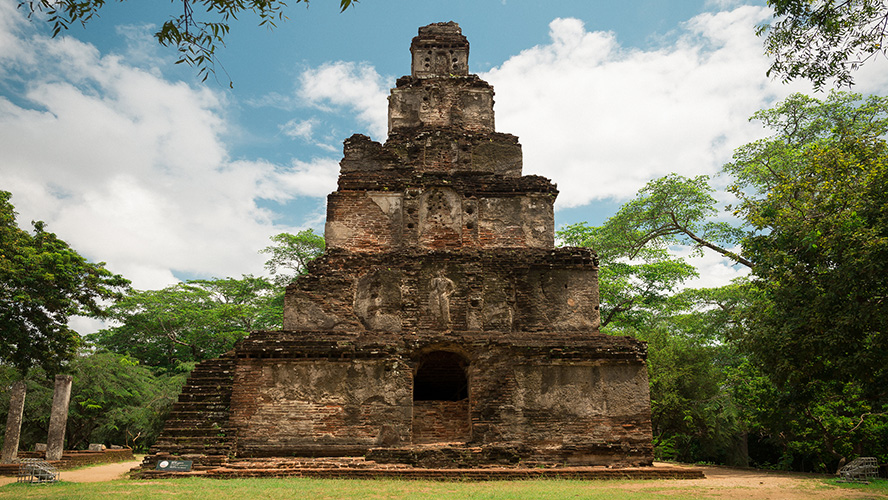
Gal Vihara
The Gal Vihara temple, with four large sculptures of the Buddha assuming different positions carved in granite, is perhaps the most visited and spectacular monument in the ancient city of Polonnaruwa.
One of the statues, which is 14 metres-long and depicts the Buddha in a reclining position in which he appears to have attained Nirvana, is striking for its scale and beauty. Two of the statues depict the Buddha meditating in a seated position, while the last one shows him standing upright with his arms crossed across his chest, assuming a posture representing enlightenment.
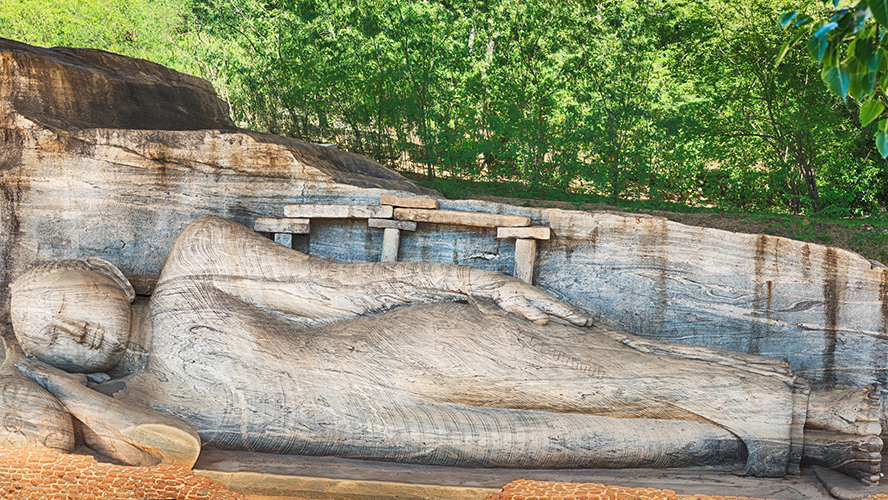
Pakrama Samudran reservoir
The ruins of the ancient city of Polonnaruwa are located on the shores of a large reservoir that was commissioned by Parakramabahu the Great during the 12th century. This king oversaw the construction of several other reservoirs in the area during the same period. The 12th century is referred to as the city’s ‘golden age’ due to the investment that was made locally by the country’s decision-makers.
Pakrama Samudran reservoir spans a total surface area of 22.6 square kilometres. In reality, it consists of five separate reservoirs that are inter-connected by canals. The reservoir was so large that it became known as “Samudhraya,” which means “ocean” in Singhalese.
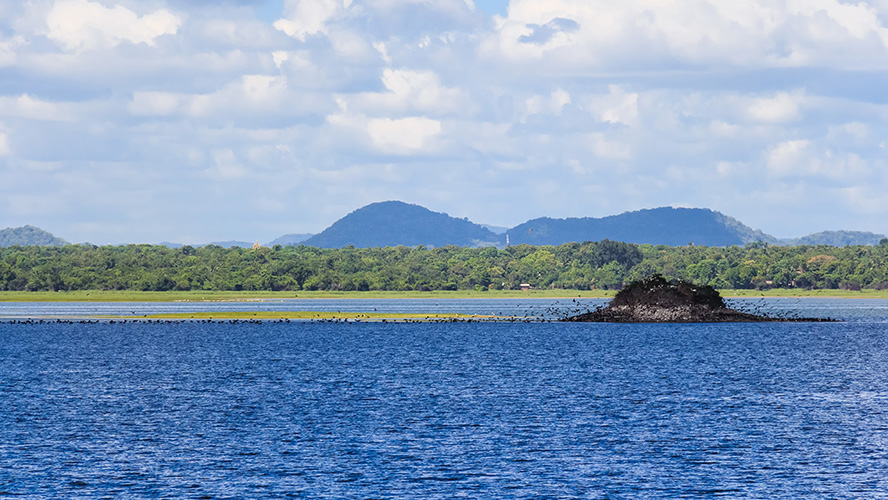
Where to eat
The Jaga Food restaurant, which is a ten-minute drive to the north of the ancient city of Polannaruwa, may be a good option if Trip Advisor reviews are anything to go by. This buffet-style restaurant serves everything from exquisitely cooked meats to vegetable-based dishes and is located in a beautiful natural setting.
Priyamali Gedara is another restaurant with excellent Trip Advisor reviews that is located nearby. This is another buffet-style restaurant with natural surroundings.




